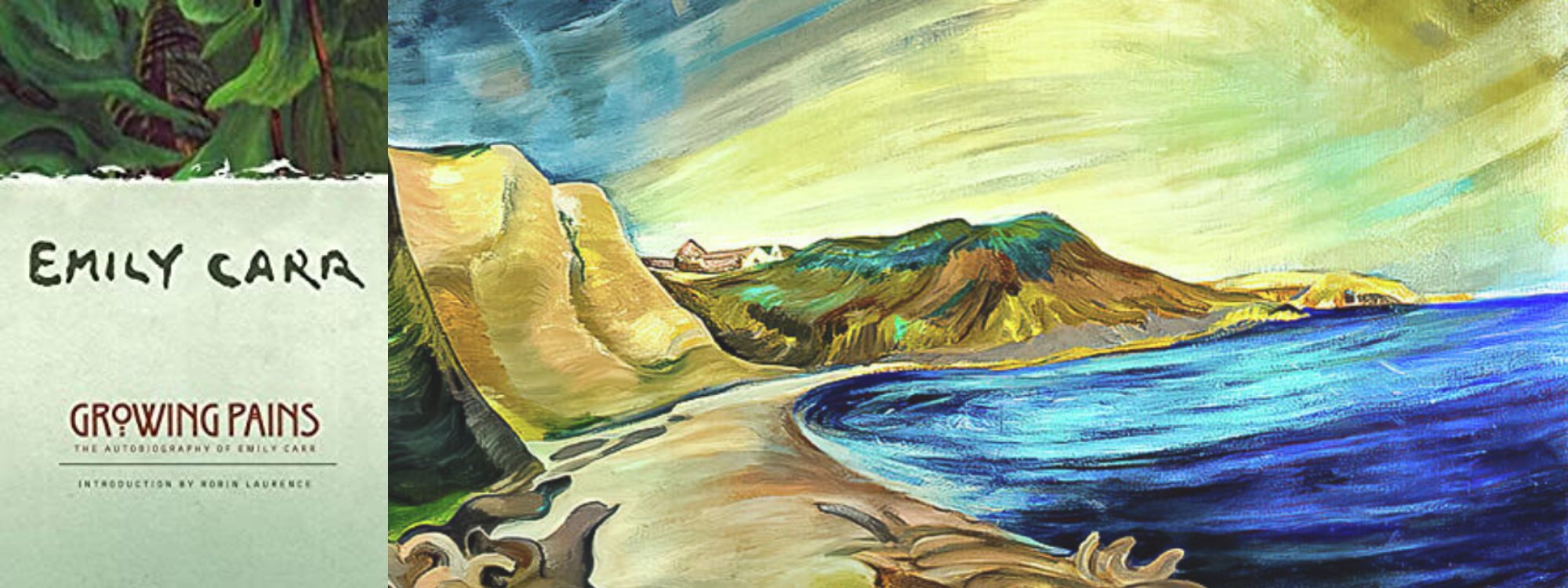Westminster School of Art did not open until September. When I was a little rested, a little steadier, I climbed the curving little iron stairways at the backs of omnibuses and, seated above the people, rode and rode, watching the writhe of humanity below me. I had never seen human beings massed like this, bumping, jostling, yet as indifferent to each other as trees in a forest.
I puzzled, wondering. What was the sameness with a difference between a crowd and a forest? Density, immensity, intensity, that was it—overwhelming vastness. One was roaring, the other still, but each made you feel that you were nothing, just plain nothing at all.
History always had bored me. Little Arthur’s History of England in its smug red cover—ugh, the memory of it! And now here before me was the smugness of it ossified, monumented, spotted with dates thick as an attack of measles. The English had heads twisted round onto their backs like drowsy ducks afloat, their eyes on what they had passed, not on what they were coming to.
Dickens had taught me far more about England than had Little Arthur. Dickens’ people still walked the streets, lived in the houses of old London. Little Arthur’s Great were shut up in dull books, battered monuments.
Deep in the City I happened one day upon Paternoster Row, a dark narrow little way lined with book shops. All the Bibles, prayer-books, hymnals in the world began life here. I saw them sprawled open at the fly-page. All the religious books that I remembered had had Paternoster Row printed inside them.
I did not, as Miss Green’s other PG’s did, attend some fashionable church in the West End. Sunday was the day on which I crept into London’s empty heart. Everyone had gone from it, all business houses were closed. The lonely old churches were open but empty; all the light was pinched out of them by the grim huddle of business establishments. The old churches still had their bells, still rang them. Empty London threw back their clamour in echo. Often an entire congregation consisted of me, sitting under a very indifferent preacher, ushered in and out by a very pompous verger in a black robe almost as cleric as the clergy. My coin looked pitiful in the pompous collection-plate. Echo made the squeaky old parson’s whisper hit back at you from every corner of the bare church.
London’s national religion was conducted either in St. Paul’s Cathedral, the heart of London’s heart, or in Westminster Abbey in the West End. All immense events were solemnized in one or the other of these churches.
The business houses and shops of St. Paul’s Churchyard fell back from the cathedral allowing it breathing space and sunshine. The steps up to her great doors were very, very wide. Beginning from each side of the steps was a circle of space encompassing the cathedral. It was lightly railed but the gates were flung wide, flowers and shrubs and benches were about and always there were people, sitting on the benches, eating things out of paper bags, feeding the pigeons and resting.
St. Paul’s is the kernel of London as London is the kernel of England.
Westminster Abbey is beautiful too but rather historical and it was made a little cheap by sightseers who whispered and creaked. It had not the unity of St. Paul’s; there were chapels here and chapels there—all sorts of pokes and juts, tablets, monuments and statues, “great ones” bouncing from niches and banners flapping. St. Paul’s was domed under one immense central round. High, pale light flooded down; roll of organ, voice of chorister, prayer trembled upward.
Always there were people in St. Paul’s, standing, sitting, praying, or doing nothing, not even thinking, wanting only to be let alone.
At five o’clock each afternoon the great organ played, flooding the cathedral with music. The prayer-soaked walls came alive. Great, small, rich and shabby Londoners crept into St. Paul’s to find sanctuary.
Sightseers climbed hundreds of steps to look down from a high gallery running round the inside of the dome. It was considered a thing to do, one of London’s sights. I did not want to “sight-see” St. Paul’s. The people moving up there in the high gallery were black spots in the mystery. I remained among the solid, silent company on the paved floor of the cathedral.




0 comments